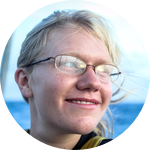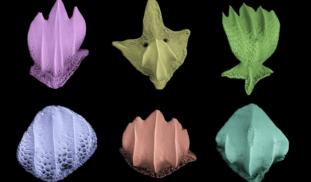Please wait...
About This Project
How many sharks should there be on Caribbean reefs? Despite evidence suggesting that sharks once existed in numbers unheard of today, this critical question remains unanswered. We discovered that sharks leave a record of their presence in the form of dermal denticles, the tiny, tooth-like scales lining their skin, preserved in reef sediments. We are now pioneering denticles as an ecological tool to reconstruct pre-human shark baselines and supplement surveys on modern reefs.
More Lab Notes From This Project

Browse Other Projects on Experiment
Related Projects
Reconstructing Historical Oyster Filtration in the Guana River Marsh Aquatic Preserve
The Guana River Estuary in northeast Florida is impaired due to excess nutrients, which can fuel eutrophic...
How do California redwood stomata change with height? What are the implications in physiology and taxonomy?
California’s two redwood species presently stand as Earth’s tallest, largest, most carbon-sequestering...
Can we use phytoliths in modern savanna soil to understand past ecosystems?
Phytoliths are microscopic silica particles produced by plants that can be easily fossilized and preserved...



